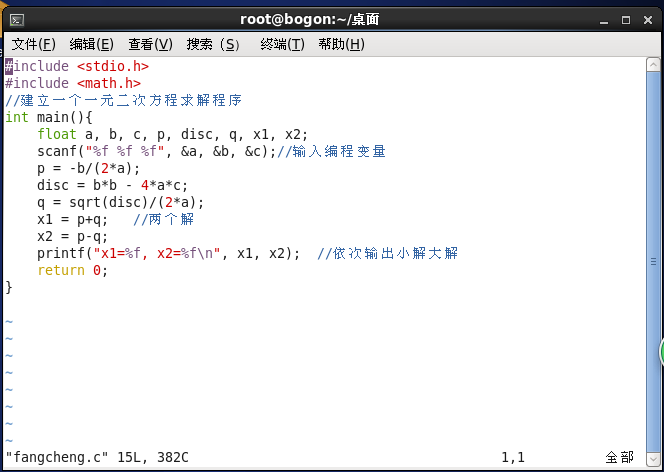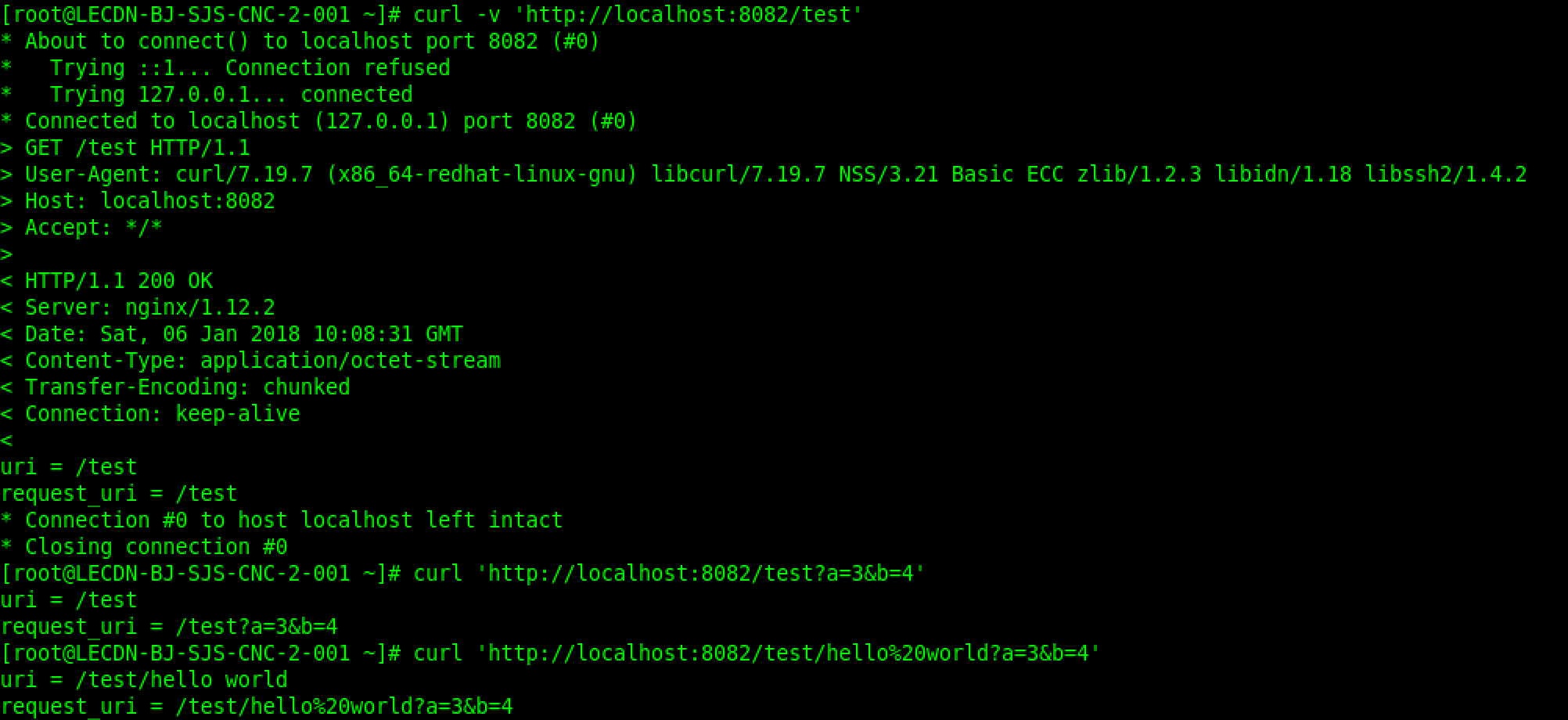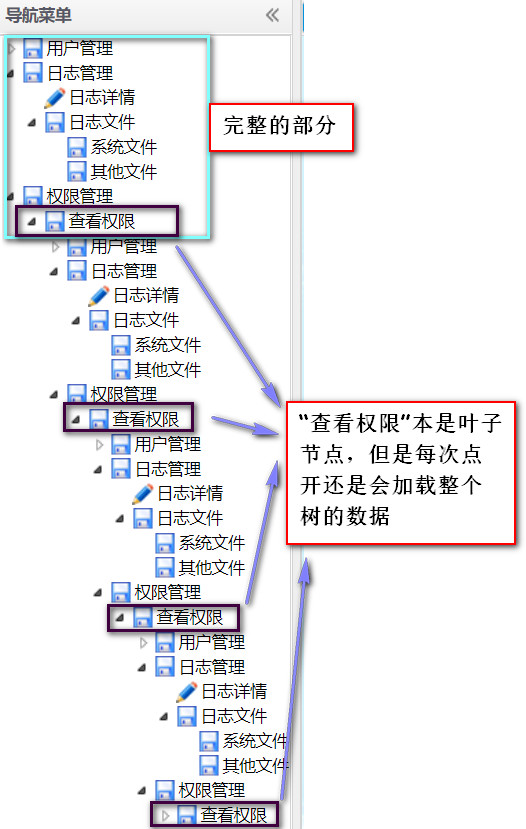如何在Spring Boot中使用MyBatis?
标题如何在Spring Boot中使用Thymeleaf?
在Spring Boot中使用Thymeleaf需要以下几个步骤:
- 添加依赖
在pom.xml文件中添加Thymeleaf相关的依赖,如下:
<dependency><groupId>org.springframework.boot</groupId><artifactId>spring-boot-starter-thymeleaf</artifactId></dependency>
- 配置模板引擎
在application.properties文件中配置模板引擎的相关信息,如下:
# 模板引擎类型spring.thymeleaf.mode=HTML# 需要扫描的模板文件路径spring.thymeleaf.prefix=classpath:/templates/# 模板文件后缀spring.thymeleaf.suffix=.html# 是否开启缓存spring.thymeleaf.cache=false
- 创建模板文件
在项目的/src/main/resources/templates目录下创建html类型的模板文件。Thymeleaf支持HTML、XML、JavaScript、Text和.raw类型的文件。
- 编写控制器
编写Java控制器,处理请求并将数据传递到模板文件中。示例代码如下:
@Controllerpublic class UserController {@GetMapping("/users")public String users(Model model) {List<User> users = userService.getAllUsers();model.addAttribute("users", users);return "users";}}
- 在模板文件中使用Thymeleaf
在模板文件中使用Thymeleaf的语法。使用Thymeleaf的语法与普通的HTML非常相似,但是Thymeleaf在模板中支持表达式、迭代器和条件语句等。示例代码如下:
<!DOCTYPE html><html lang="en" xmlns:th="http://www.thymeleaf.org"><head><meta charset="UTF-8"><title>User List</title></head><body><h1>User List</h1><table><thead><tr><th>ID</th><th>Name</th><th>Email</th></tr></thead><tbody><!-- 使用 Thymeleaf 迭代器来遍历用户数据并生成 HTML --><tr th:each="user : ${users}"><td th:text="${user.id}" /><td th:text="${user.name}" /><td th:text="${user.email}" /></tr></tbody></table></body></html>
至此,就完成了在Spring Boot中使用Thymeleaf的过程。总结一下,需要添加依赖、配置模板引擎、创建模板文件、编写控制器并在模板文件中使用Thymeleaf语法,以上几个步骤是实现Thymeleaf的必要流程。
在Spring Boot中使用MyBatis,需要完成以下几个步骤:
- 创建一个Spring Boot项目
引入MyBatis和MyBatis-Spring-Boot-Starter依赖,可以在pom.xml文件中添加以下代码:
<dependency><groupId>org.mybatis.spring.boot</groupId><artifactId>mybatis-spring-boot-starter</artifactId><version>2.2.0</version></dependency><dependency><groupId>org.mybatis</groupId><artifactId>mybatis</artifactId><version>3.5.5</version></dependency>
配置数据源
在application.properties文件中添加以下内容:
spring.datasource.driver-class-name=com.mysql.jdbc.Driverspring.datasource.url=jdbc //localhost:3306/test?serverTimezone=UTC
//localhost:3306/test?serverTimezone=UTCspring.datasource.username=rootspring.datasource.password=root123
编写MyBatis的Mapper接口和XML文件
创建一个Mapper接口,定义SQL语句的方法,例如:
public interface UserMapper {@Select("SELECT * FROM user WHERE id = #{id}")User getUserById(@Param("id") Integer id);}
为Mapper接口编写相应的XML文件,例如:
<mapper namespace="com.example.mapper.UserMapper"><resultMap id="userMap" type="com.example.domain.User"><id column="id" property="id"/><result column="name" property="name"/><result column="age" property="age"/></resultMap><select id="getUserById" resultMap="userMap">SELECT * FROM user WHERE id = #{id}</select></mapper>
配置MyBatis
在application.properties文件中添加以下内容:
mybatis.mapper-locations=classpath*:mapper/*.xmlmybatis.type-aliases-package=com.example.domain
注入Mapper并使用
通过@Autowired注解将Mapper注入到相应的Service或Controller中使用,例如:
@RestControllerpublic class UserController {@Autowiredprivate UserMapper userMapper;@GetMapping("/users/{id}")public User getUserById(@PathVariable Integer id) {return userMapper.getUserById(id);}}
以上就是在Spring Boot中使用MyBatis的基本流程和步骤。


































还没有评论,来说两句吧...